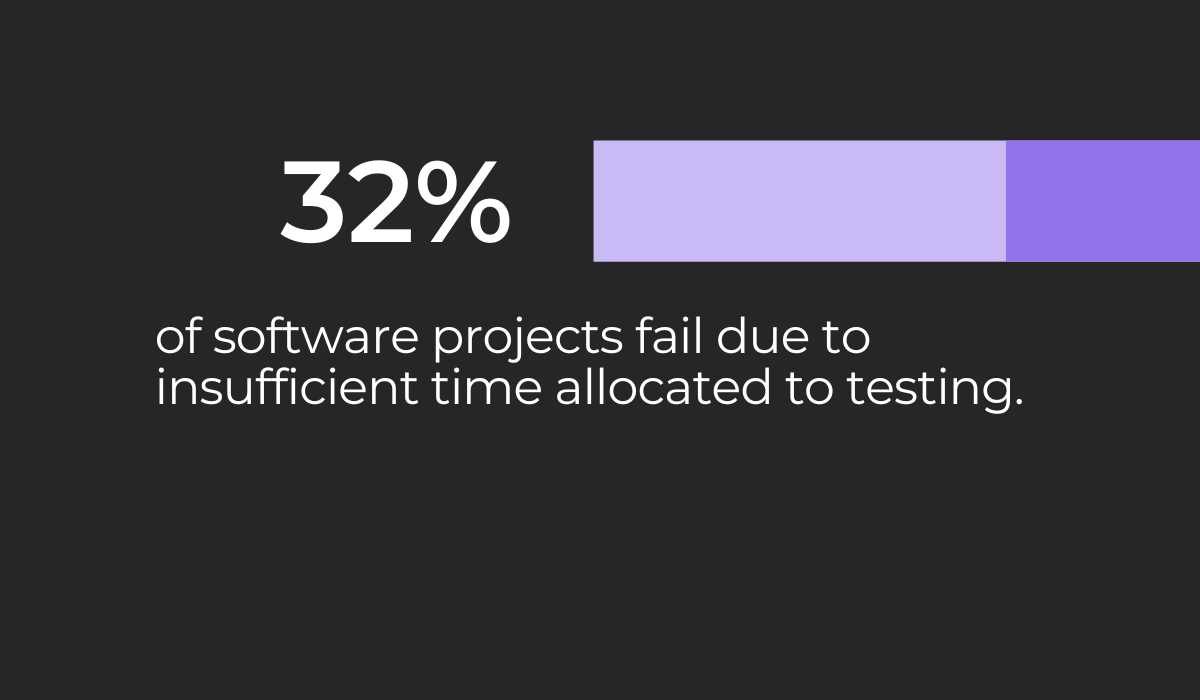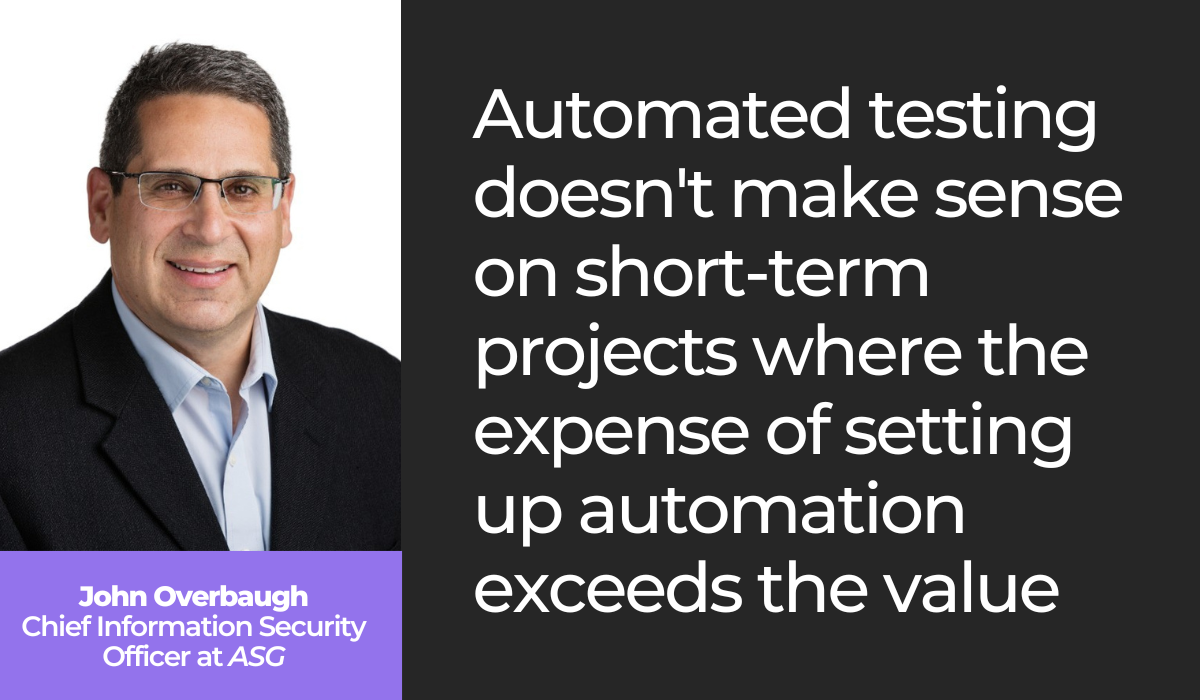
No matter how good your developers are and regardless of how many hours they’ve put in, you still need to test the software before deploying it.
Testing is the last step before software delivery. It’s the final check ensuring that the software is working as envisioned.
However, how can you perform this testing?
One option is doing so manually, meaning that the testers will be performing all of the actions on their own, while the other is testing automatically, employing the assistance of machines.
Both approaches will get the job done, and you’ll learn your software’s status. Nevertheless, there are certain differences between the two.
Keep reading to learn what they are and when you should use them.
Table of Contents
What are the pros and cons of manual app testing
Manual app testing is the classic approach to testing. Testers manually scour applications to locate bugs, shortcomings, and anomalies.
The effort is entirely human, with no assistance from tools or scripts.
Here’s a manual app test example:

The testers have exact instructions they follow to the letter and then examine the results.
Software testing was first conducted manually, and the method is still employed today, proving its effectiveness.
However, the onslaught of new technologies has rendered some of its aspects ineffective.
The following sections will further elaborate on the topic of manual testing and illustrate its pros and cons.
Pros
The biggest strength of manual testing is its human element. Ultimately, software is built for users—the principal goal is to solve a problem for the end user.
If you hire a tester, he or she can evaluate your product from the point of view of the user, letting you know if the software succeeds at what it sets out to do.

Get unreal data to fix real issues in your app & web.
As technology stands now, machines cannot yet make such judgments.
Software cannot determine if the finished product lives up to expectations and meets the requirements of the user and their business.
For example, is your bug tracking tool really effective if it doesn’t register duplicate bug reports?
This topic was also discussed in a Reddit thread:

Software testing isn’t confined to simply finding bugs and defects—verifying that the software assists end-users as envisioned is essential.
Furthermore, it’d be optimal if the software did so pleasantly.
And currently, machines can’t gauge if a user flow is intuitive or a homepage is well-designed, as these aspects depend on human cognition.
This is where manual testing comes in, as testers can judge these elements and notice UX errors, such as buttons that are too small.
Berni Schaffer, a Usersnap writer, highlighted this benefit nicely:
In short, machines cannot yet register usability or design issues, which makes manual testing essential. Ultimately, human judgment is still necessary for an optimal user experience.
Cons
Despite the benefits manual testing brings, there are some downsides to it. For one, it takes time and effort, taking the testers away from other tasks.
Testers will have to devote hours to checking each software feature, and while this is by no means unhelpful, it’s nonetheless time-consuming.
The implications of such lost time are apparent with the following statistic:
You don’t want to be part of this number, as entire projects can fall through due to time constraints and lengthy manual testing.
Besides human commitment, another drawback of manual testing is its susceptibility to human error. Bug reports are a good example.
If testers manually report bugs, they might lose focus and omit data, instantly creating incorrect reports.
Such inaccurate data is almost useless, as developers must work with correct information.
However, you can mitigate these risks with bug-reporting tools. For instance, with Shake, simply shake your device, and an accurate bug report will automatically be sent to the developers.
Here’s an example:
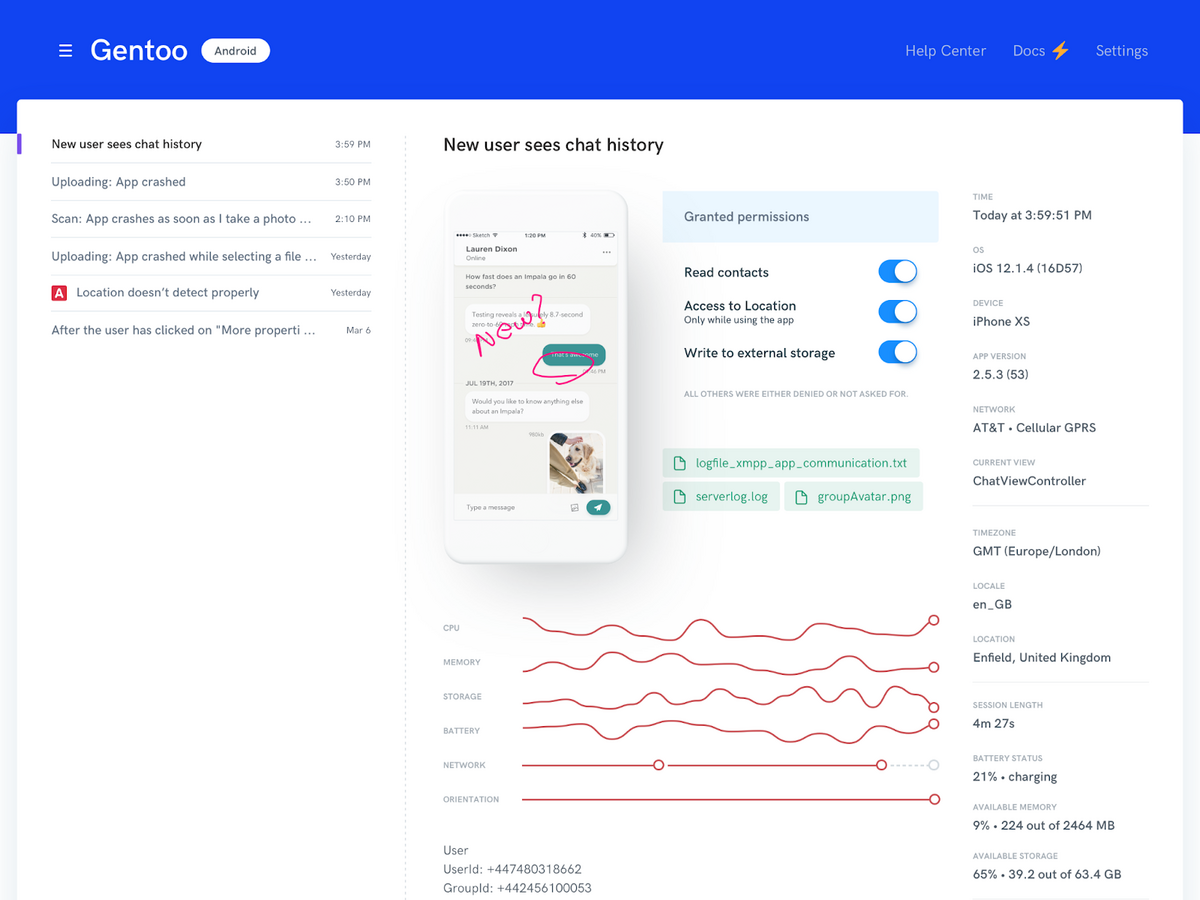
The report contains everything developers need: environment details, logs, screenshots, screen recordings, steps to reproduce, etc.
Furthermore, it’s all relayed automatically, with no chance of any human error so common in manual testing.
What are the pros and cons of automated app testing
As technology advanced, automated app testing slowly gained popularity alongside manual testing.
This testing method is human-free—test scripts and automation tools perform the testing entirely independently.
The image below is an example of a test script written in Appium:
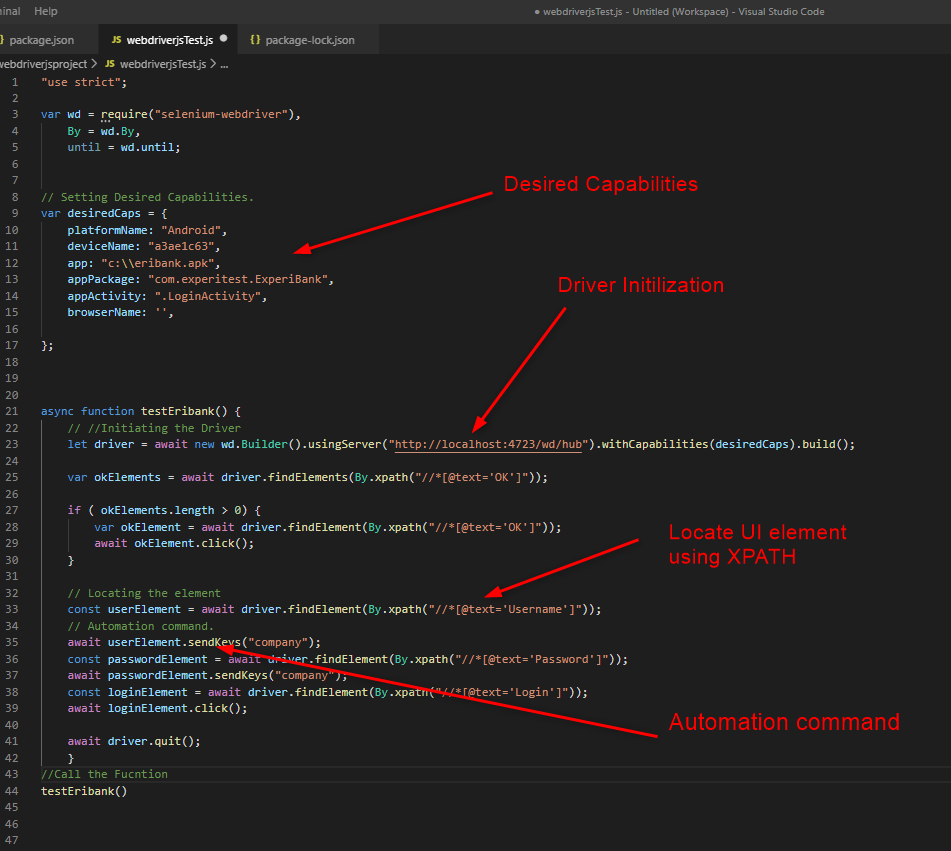
By utilizing such test scripts, testing can be performed automatically, without any human input. Extensive automated tests even run overnight.
Such sophisticated methods have multiple benefits, as they take the pressure off of testers. However, they require extensive effort to set up.
The following sections will go into greater detail and illustrate the pros and cons of automated testing.
Pros
It isn’t easy to start automated testing. The practice requires setup, configuration with current processes, and technical knowledge.
In some cases, testers will spend time learning how to use the automation tool.
However, automated testing still saves you time and effort in the long run. Once the automation system is installed, you will need to rely on your employee’s limited hours and energy far less.
Instead, the software will be tested automatically while your employees are otherwise engaged. The graph visualizes this phenomenon well:
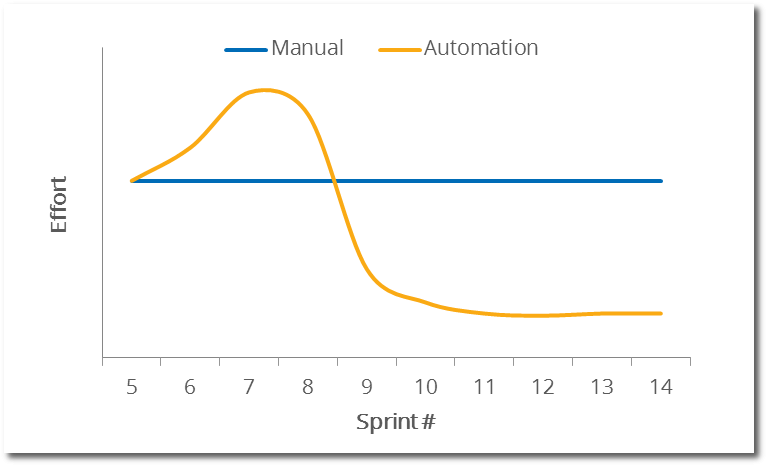
Automation significantly facilitates software testing. Simply run the script—a five-second job—and the test will execute while your employees perform other tasks.
Such automation is essential in high-performing teams and is a prerequisite for the CI/CD pipeline.
To employ continuous integration and continuous deployment, you also need continuous testing—systematic, automatic checks of the code’s functionality.
The visual below shows how testing fits into CI/CD:
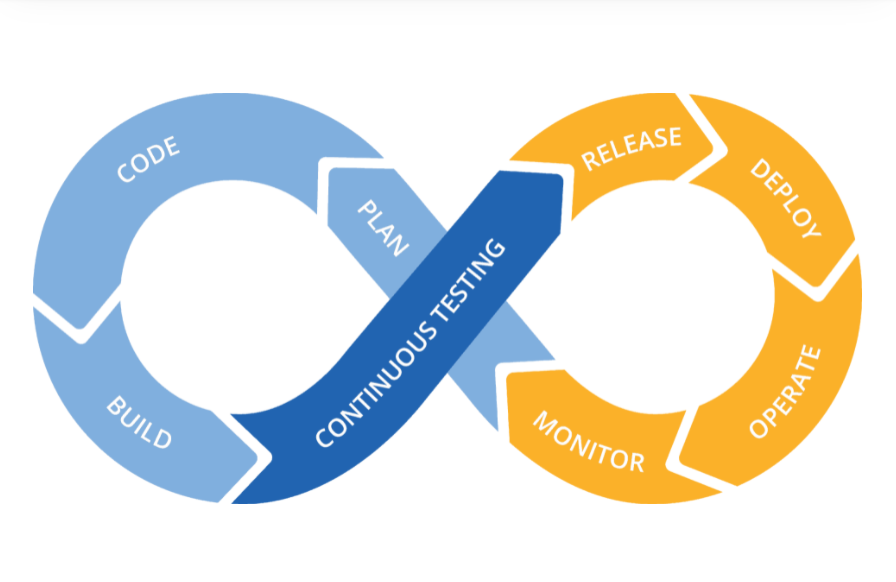
Continuous testing ensures that the integration and deployment won’t end badly.
However, continuous testing is only possible through automated testing—such constant testing simply cannot be done manually.
As such, automated testing helps deploy and integrate code faster, enabling you to update and improve your software constantly.
Cons
Even with the countless advantages of automated testing, there are still aspects to be wary of. The chief, and most disheartening factor, is its cost.
The tools that enable automated testing can be expensive and might increase project costs.
Consequently, it’s not worth automating everything. Instead, assess which type of testing takes up the most time, and invest there.
Otherwise, if you jump to automated testing without creating a strategy, you may experience losses.
Several businesses experienced this, as the statistic illustrates:
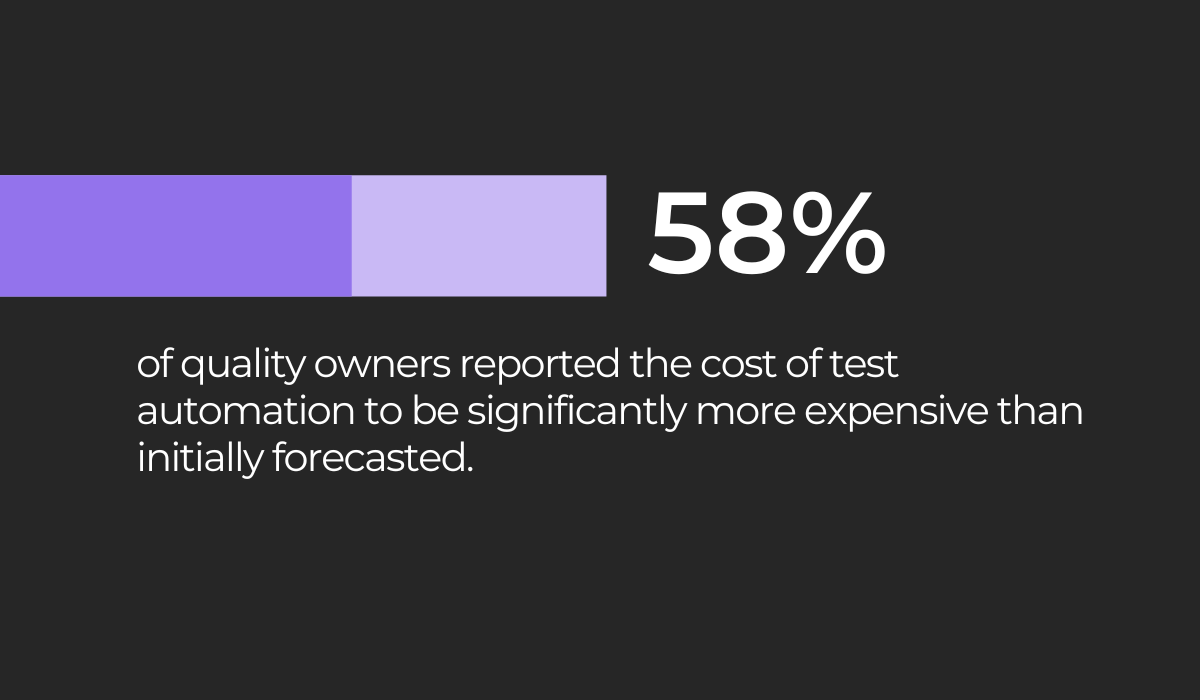
Automated testing costs pile up quickly and might surprise you. As such, it’s always best to carefully evaluate how much you can automate.
This is also relevant in regard to test script maintenance. Although scripts can be reused countless times, the script needs to be changed as the product changes.
If the software is updated but the script remains the same, the test will operate with the wrong parameters, defeating the purpose of test automation.
This topic was also discussed in a Quora thread:

The user is correct—constantly-changing software instantly results in test script editing.
Therefore, although automated tests reduce time and effort, plenty of manual work is still required to maintain them.
When should you use manual app testing
The best scenarios for manual testing are processes where a machine is simply unequipped to perform the task—for example, usability testing.
Usability testing measures how enjoyable it is to use your software. For example, the interface should be intuitive, the onboarding seamless, etc.
However, these aspects rely solely on human perception, making them impossible to automate. After all, how would a machine judge if the buttons were well-distributed?
Furthermore, this is how a typical usability testing session operates:
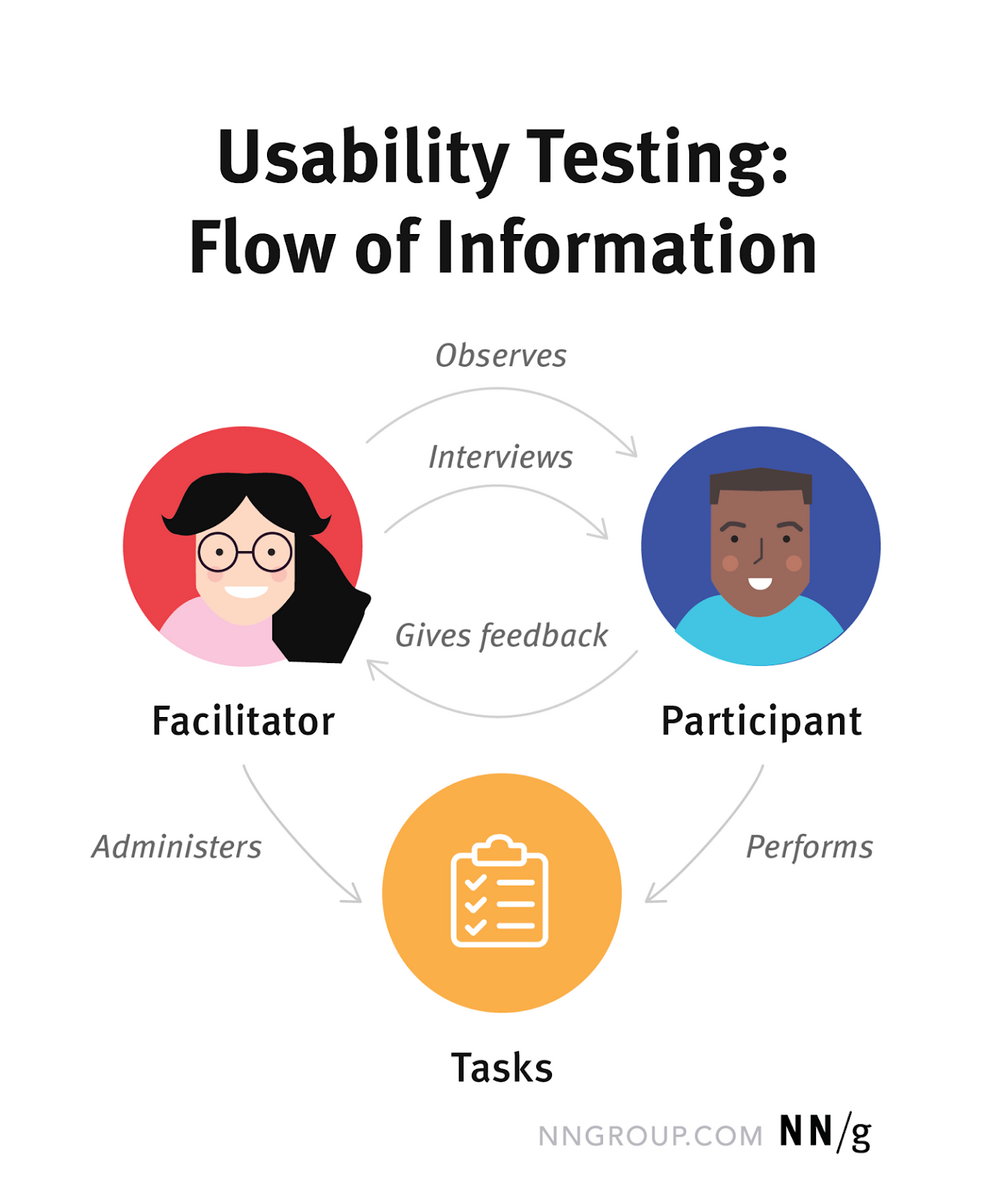
The process typically involves an external, first-time user and an internal facilitator guiding the testing process.
This is because usability testing is best performed by users unfamiliar with the software—their fresh eyes will notice shortcomings that those who have already had the chance to try out the software have become used to.
Considering this guideline, it’s even more apparent that manual testing is the best solution for usability testing.
Besides usability testing, manual testing also works best during short-term projects.
As previously mentioned, automation requires quite an investment, which can be excessive for small-scale undertakings.
John Overbaugh, Chief Information Security Officer at ASG, explained why:
Short-term projects are those that require minimal code or focus on minor features. For instance, developing new search filters would be considered a small-scale project.
In those cases, the costs of implementing automation simply overrun the value your team will gain from them.
Manual testing will accomplish the same results more easily and quickly than automated testing.
When should you use automated app testing
As previously concluded, there are some tasks only humans can complete. As such, you want to optimize your employees’ available time so they can focus on them as much as possible.
This is where automated testing comes in. If you can automate time-consuming and repetitive aspects of testing, you’ll instantly free up hours for your employees to devote to other tasks.
For example, regression testing is an ideal candidate for automation.
This testing type verifies that new software changes are compatible with the current version. In other words, it makes sure that the new code won’t break or disable existing functionalities.
Therefore, regression testing should be performed with each new version release to ensure a working application. The visual below depicts this:
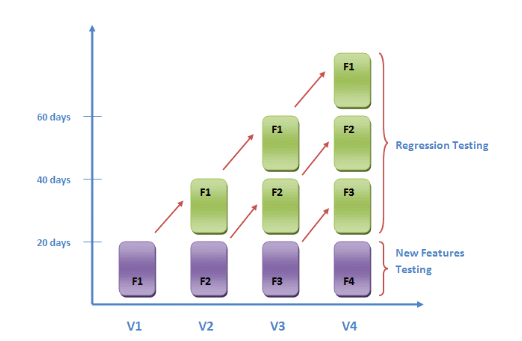
Given the frequency with which regression testing should be performed, the repetitive process is ideally suited for automation.
Instead of testers constantly repeating the same steps, the test script will go through it automatically.
The same principle can be applied to functional testing—a testing type that verifies that software components are behaving as envisioned.
To perform functional testing, testers have to generate inputs and then determine if the output is as expected. Here’s a visual representation:

Functional testing can take a lot of time, as, ideally, you’d want to trial each software functionality to ensure the entire software is performing well.
Such an undertaking demands several hours (if not more) from your testers. As such, functional testing is most often automated since it instantly then frees up testers’ time.
Manual testing or automated app testing: which is better
At the end of the day, there are no hard and fast rules regarding which testing approach is better.
Both have their own pros and cons—both excel in certain situations while falling short in others. Ultimately, the correct choice depends on the circumstances and the testing subject.
The visual below depicts all the differences between manual and automated testing, illustrating the characteristics of each approach.
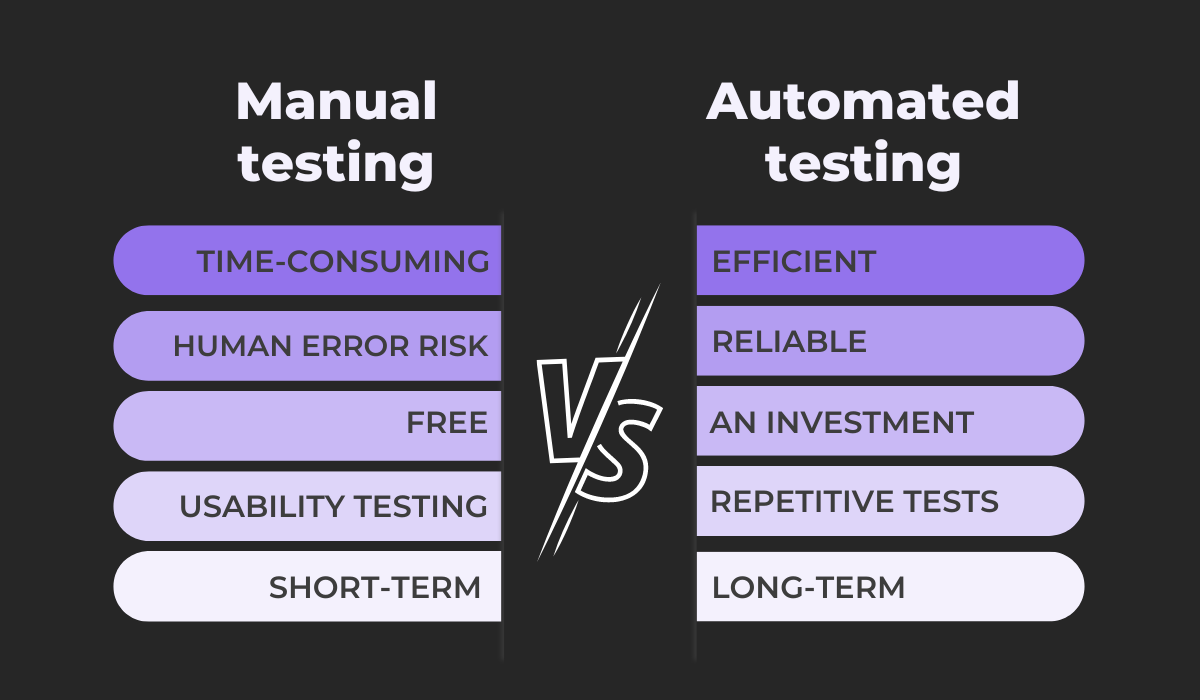
Manual testing is time-consuming and susceptible to human error but it’s not overly expensive and it’s perfectly suited for usability testing and short-term projects.
On the other hand, automated testing is fast and not prone to human mistakes but quite costly.
This testing type is best for larger projects and repetitive tests such as regression and functionality testing.
Ideally, it would be best to incorporate both approaches into your testing strategy.
Carefully weigh your options, and evaluate when manual testing is a good idea, and automated testing is the better option.
The visual below shows the benefits of a combined approach:
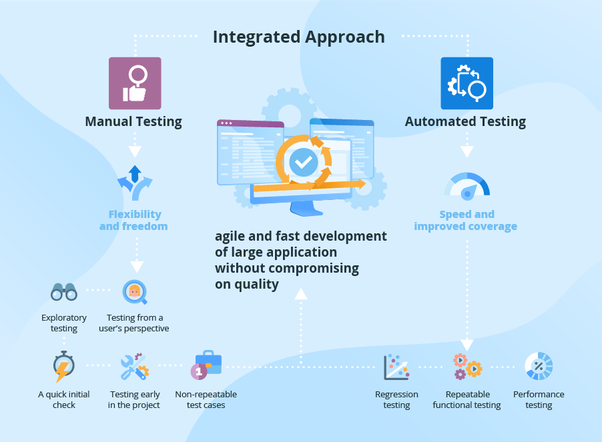
Manual and automated testing should be used alongside each other to offer the best results in app testing.
Manual testing provides flexibility and freedom, especially when testing from a user’s perspective and performing exploratory testing.
Automated testing, however, secures speed and improved coverage via automating extensive processes such as performance, functional, and regression testing.
By combining the two methods, you should be able to create an agile and efficient development cycle that ensures high-functioning and valuable software.
Conclusion
Both manual and automated testing will ultimately accomplish the same goal: verifying your software is functioning well and is ready for release. However, their individual methods vary.
Each testing approach has its advantages and disadvantages and will perform well depending on the situation.
Manual testing is perfect for usability testing and short-term projects, whereas automated testing makes the most sense for repetitive and time-consuming tasks.
As such, combining the two is often the best testing strategy, as you’re utilizing both methods’ benefits.
With an integrated approach, you can be confident your software is delivered error-free.


